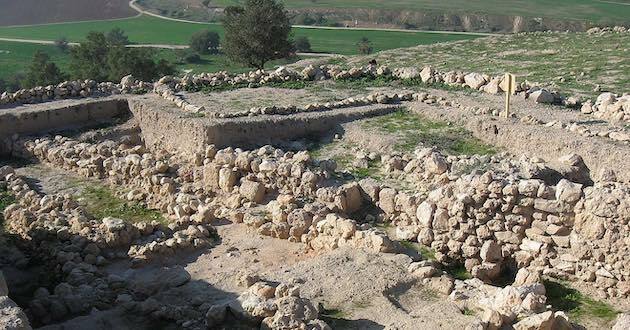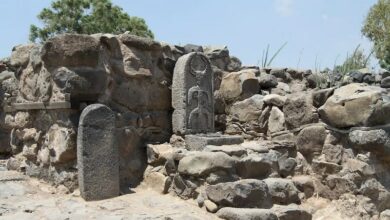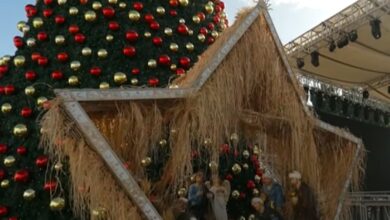Israeli Researchers confirm Goliath’s hometown recorded in II Kings

Researchers from four universities in Israel said they have validated a disputed event cited in II Kings 2:17 involving a battle in Gath: “About this time, Hazael king of Aram went up and attacked Gath and captured it. Then he turned to attack Jerusalem.”
Part of the mystery involved the Earth’s magnetic poles to identify the site as the city from whence Goliath came.
The biblical city is now modern-day Tell es-Safi, Israel. Researchers said their new method proves that the bricks that archaeologists found at the site were destroyed in a fire that would have been set by King Hazael’s army. Skeptics of the biblical account had theorized that “the building had not burned down but rather collapsed over decades, and that the fired bricks found in the structure had been fired in a kiln prior to construction.”
The researchers’ method involves measuring Earth’s magnetic field that is “recorded” in the burned bricks. Professor Yoav Vaknin of Tel Aviv University said burned bricks from ancient times have different magnetic fields, depending on how they are cooled and used, a news release said.
“When a brick is fired in a kiln before construction, it records the direction of the earth’s magnetic field at that specific time and place,” he said. “In Israel, this means north and downward. But when builders take bricks from a kiln and build a wall, they lay them in random orientations, thus randomizing the recorded signals. “On the other hand, when a wall is burned in-situ, as might happen when it is destroyed by an enemy, the magnetic fields of all bricks are locked in the same orientation.”
Vaknin led the multidisciplinary study, titled “Applying Thermal Demagnetization To Archaeological Materials: A Tool for Detecting Burnt Clay and Estimating Its Firing Temperature”
The burned bricks at Gath indicate a fire from a battle.
“Our findings signify that the bricks burned and cooled down in-situ, right where they were found, namely in a conflagration in the structure itself, which collapsed within a few hours,” Vaknin said. “Had the bricks been fired in a kiln and then laid in the wall, their magnetic orientations would have been random. Moreover, had the structure collapsed over time, not in a single fire event, the collapsed debris would have displayed random magnetic orientations.”
The new method, the release said, “scientifically corroborates” the biblical event
–Dwight Widaman | Metro Voice







